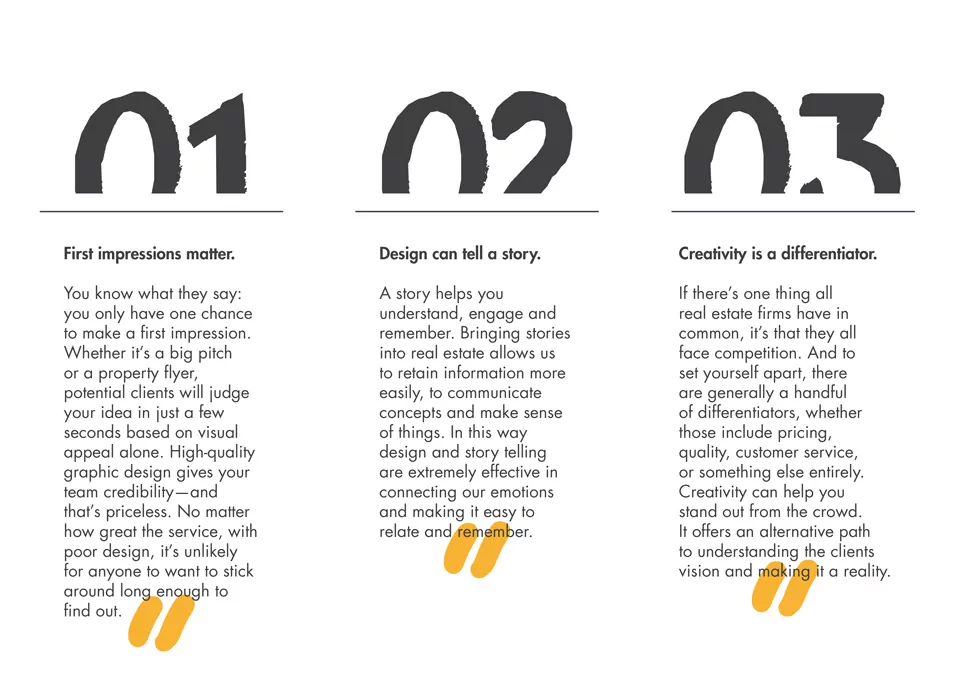News

Written By: Olivia Griffin
Foundry Commercial has been raising eyebrows since the beginning, setting ourselves apart as a firm that genuinely values the craft of good design. This type of strategy has created opportunities and opened doors that otherwise might not exist. Being design-led is a concept that large organizations have been throwing around in recent years but this is especially effective in an industry like commercial real estate. We are learning that the tried-and-true principles of design are now becoming a critical component of the overall approach to client interactions. The idea of “design thinking” is really about cross-functional expertise. It’s about bringing people into your team with different backgrounds and expertise, with the notion that it will lead to more innovative solutions. Creating a cross-disciplined team allows you to look at your client’s problem in unique ways and design and craft different solutions. In commercial real estate, we are more inclined to do rather than slow down and think. Design thinking is a loose association of methods and tools to help us think differently with our clients about the complex, non-linear, human-centered problems that blanket their tenant-driven world.
Design thinking and problem solving are two streams of thought that flow in the same direction. As a designer, by nature, I am a problem solver. Every project is a problem or challenge that involves helping clients or tenants understand something. My goal is to see through all the fog and clutter to create a solution. In my creative process there are four key factors that inspire my problem-solving mindset.
First is to think about the audience, which involves considerations that impact the design–from color to type to imagery. When thinking about the audience, there are a few key questions that I ask myself. How will this marketing collateral work? Do the color choices create the right mood? What will the audience feel when interacting with the design?
The second factor is to visualize how the piece will function. I try to picture how the audience will interact with the final product, whether it is a brochure, booklet, or SMART board presentation. Many times, my first step is to create a mock-up version that mimics how the piece will work to gauge the effectiveness of the overall design concept.
Thirdly, I begin to immerse myself in the project. For many large projects, such as pitches, this can be all-consuming, causing me to think about it all the time, even when I am not working. Many times, this process is the result of an “a-ha moment” where it all comes together. It can stem from an encounter or song lyric or conversation that results in the spark that helps bring the finishing touches to the project.
Lastly, at a certain point every designer has to put the pencil down, stop tweaking, adjusting and just go.
I recently have had the opportunity to take my process beyond the screen in joining the brokerage team to pitch new business. We have been able to differentiate ourselves by providing creativity and a design-thinking approach to understand the client’s vision in order to make it a reality. As a Foundry team, we continue to move forward, creating a strategy based on good design and excellent business values that set us apart.
